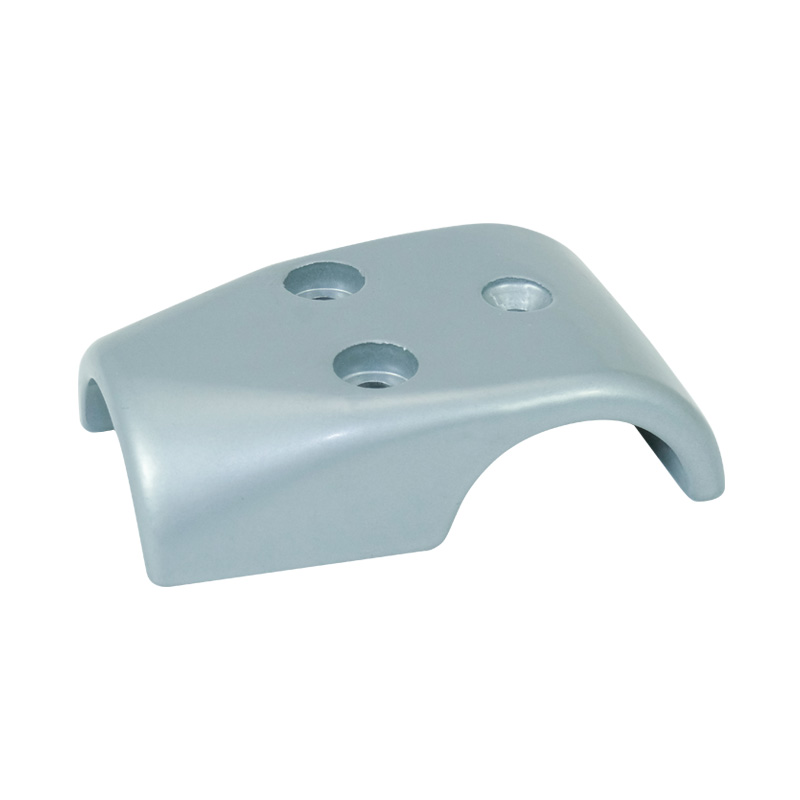Summary:Many of the products we use now are realized by forging, which is a method of using external force t...
Many of the products we use now are realized by forging, which is a method of using external force to pressurize metal blanks to plastically deform them to obtain
forgings with certain mechanical properties, certain shape and size. (forging and stamping) one of the two major components. Through forging, defects such as as-cast looseness produced by the metal during the smelting process can be eliminated, and the microstructure can be optimized. At the same time, due to the preservation of the complete metal streamline, the mechanical properties of forgings are generally better than those of castings of the same material. The following will introduce some problems that should be paid attention to in the forging process.
1. The forging process includes: cutting the material to the required size, heating, forging, heat treatment, cleaning and inspection. In small-scale manual forging, all these operations are carried out in a small space by several forges. Exposure to the same hazardous environmental and occupational hazards; in large forging shops, hazards vary from job to job.
Working conditions Although the working conditions vary by forging form, there are some common characteristics: moderate physical labor, dry and hot microclimate environment, noise and vibration, air pollution by smog.
2. Workers are exposed to high temperature air and heat radiation at the same time, which leads to the accumulation of heat in the body. The heat plus the heat of metabolism will cause heat dissipation disorders and pathological changes. The amount of perspiration for an 8-hour labor will vary with the small gas environment, physical exertion, and degree of thermal adaptability, generally between 1.5 and 5 liters, or even higher. In smaller forging workshops or farther from the heat source, the Berja II heat stress index is usually 55~95; but in large forging workshops, the working point near the heating furnace or drop hammer may be as high as 150~190. May cause salt deficiency and heat cramps. Exposure to changes in the microclimate environment during the cold season may promote adaptation to some extent, but rapid and too frequent changes may pose a health hazard.
Air pollution: The air in the workplace may contain soot, carbon monoxide, carbon dioxide, sulfur dioxide, or acrolein, the concentration of which depends on the type of furnace fuel and impurities, as well as combustion efficiency, airflow and ventilation.
Noise and vibration: The swaging hammer will inevitably produce low-frequency noise and vibration, but there may also be a certain high-frequency component, and its sound pressure level is between 95 and 115 decibels. Exposure of workers to forging vibrations can cause temperamental and functional disorders that reduce work capacity and affect safety.

 Main:+86 574 87907106
Main:+86 574 87907106![]() Main:+86 574 87907106
Main:+86 574 87907106